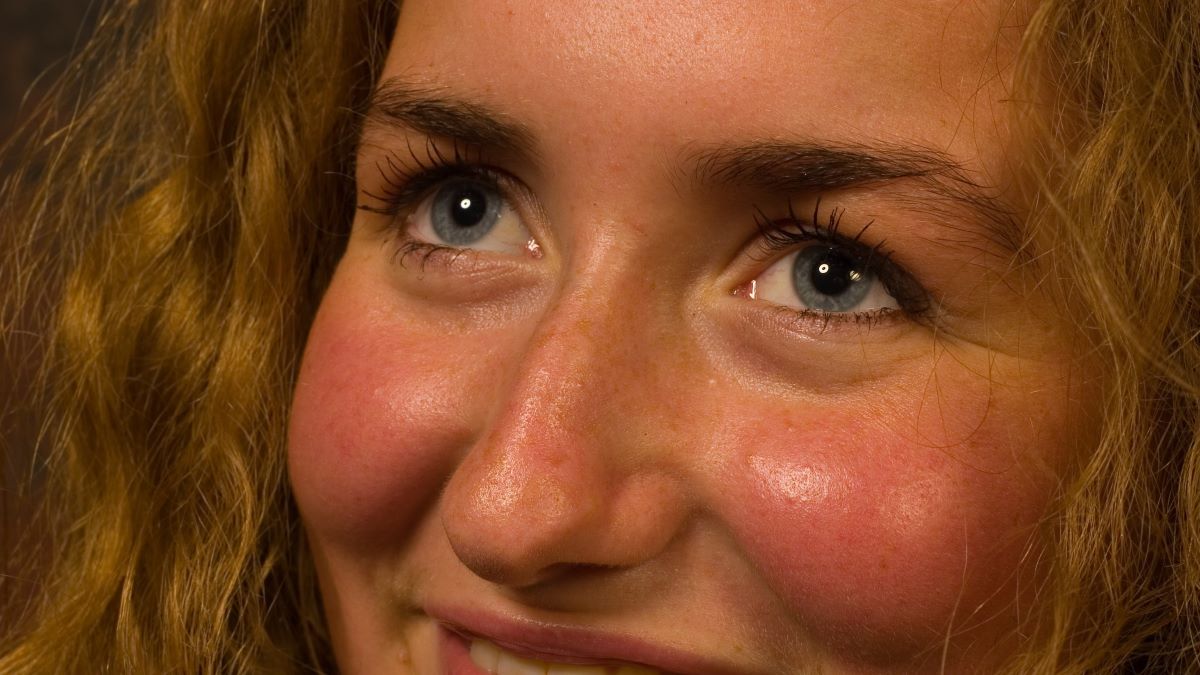In an unusual study to test human embarrassment, scientists have asked teenage girls to sing karaoke songs and then watch the recording back. It’s enough to make anyone blush.
The researchers did it to image the brain regions involved in blushing, because we know surprisingly little about the mechanisms behind the behaviour.
“Blushing is a really interesting phenomenon because we still don’t know which cognitive skills are needed for it to occur,” says Milica Nikolic, a developmental psychologist at the University of Amsterdam in the Netherlands, and lead author of the new study published in the journal Proceedings of the Royal Society B.
“There’s this idea in psychology that dates back to Darwin, who said that blushing occurs when we think about what other people think of us, which involves relatively complex cognitive skills.”
To visualise the brain during blushing, Nikolic and colleagues recruited a group known to be particularly sensitive to social judgement – females aged 16 to 20 years old.
“It is known that blushing increases during this life stage, since adolescents are very sensitive to other people’s opinions and can be afraid of rejection or leaving wrong impression” Nikolic says.
While being recorded on video, the girls were asked to perform 4 objectively difficult-to-sing karaoke songs – ‘Hello’ by Adele, ‘Let it go’ from Frozen, ‘All I want for Christmas is you’ by Mariah Carey and ‘All the things you said’ by tATu.
In a subsequent session, measurements of their cheek temperatures and brain activity were taken as they watched videos of their own singing; another participant with a comparable singing ability; and a professional singer disguised as a 3rd participant.
As expected, the researchers found that participants blushed more while watching their own recordings in comparison to other participants’ recordings.
More surprisingly, blushing was associated with increased activity in the cerebellum, an area most known for its role in movement and coordination.
“Lately, there has been a lot of research suggesting its involvement in emotional processing,” says Nikolic.
There was no activation in areas that are traditionally known to be involved in the process of understanding the mental state of oneself or others.
“Based on this we concluded that thinking about others’ thoughts may not be necessary for blushing to occur. Blushing may be a part of the automatic arousal you feel when you are exposed and there is something that is relevant to the self,” says Nikolic.
“The next step would be to look at blushing under different conditions, or perhaps, even explore the phenomenon in younger children, before they have developed the cognitive skills to think about other people’s thoughts.”

















.png)


Discussion about this post